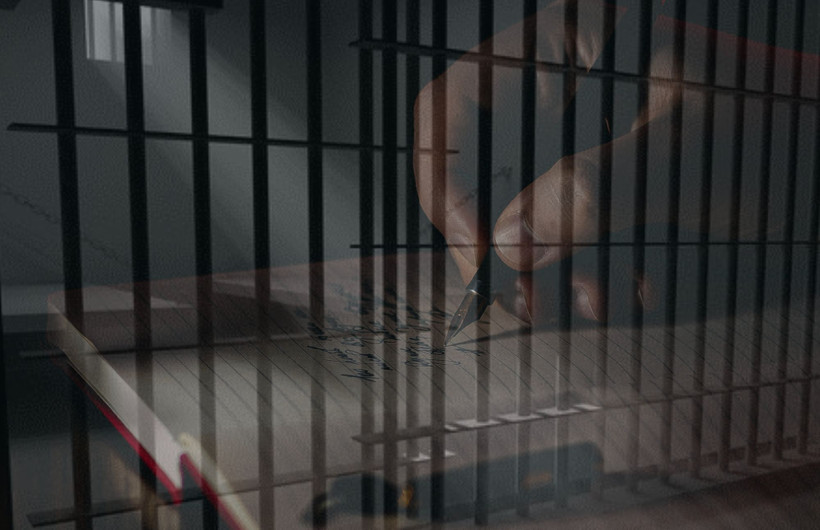A New Prison Policy Blocks Incarcerated Journalists and Artists From Publishing Their Work
New York prisons may have effectively banned journalism behind bars.

“This is going to make prison a black box.”
“The broader a regulation sweeps, the more latitude it purports to give an agency like DOCCS.”
“This is just another way to keep voices on the inside invisible.”

Great Meadow and Sullivan prisons are slated to shut down in November. The state could close up to three more over the next year.
More counties are turning to private corporations to run medical care in jails. The companies have deadly track records.
Joseph Moran has long faced accusations of dishonesty — even from fellow officers — records show.
Before Kathy Hochul paused it, the tolling program lost the little labor support it had when the Transport Workers Union withdrew its backing this spring.
Rebecca Lamorte was let go by her employer in June, prompting the Assembly Speaker to place an upset call to her boss.
For tenants in the first upstate city to adopt rent stabilization, benefiting from the law’s basic protections is an uphill battle.

